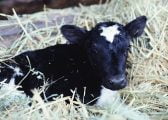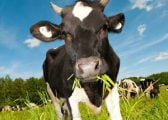FOCUS ON CALVES
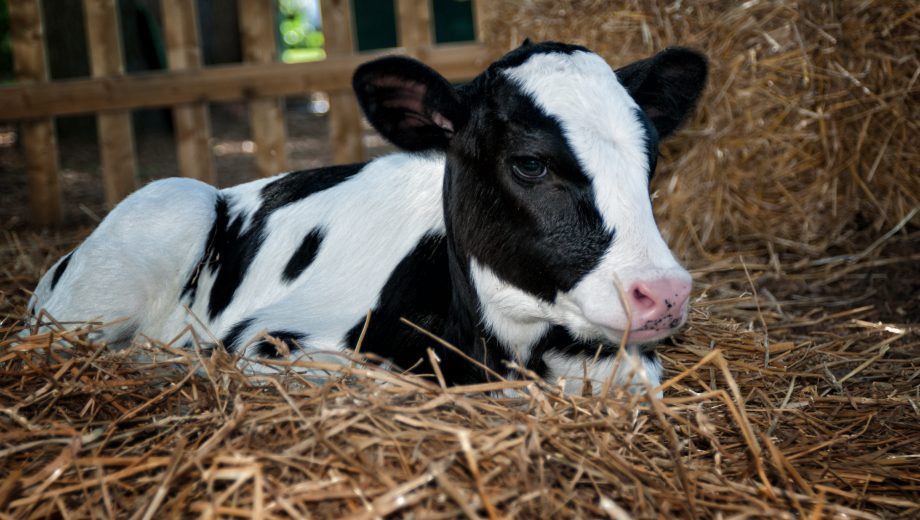
Whether your calves are going into a milking herd or into beef production, providing the best possible start will pay dividends. Well grown calves that reach target weights will ensure their longevity and productivity potential on farm.
Some key areas to focus on are colostrum, hygiene, housing and weaning.
Colostrum – The 3 Q’s (quickly, quantity and quality) are simple and effective measures to improve passive transfer and calf health.
Calves are born with zero immunity and are reliant on the absorption of immunoglobulins (IgG) from colostrum or passive transfer of immunity. Levels of IgG concentrations in a calf’s serum less than 10 mg/ml indicates a failure of passive transfer (FPT). An increase in mortality and morbidity is often seen where there has been FPT. Therefore, achieving high serum IgG levels are associated with better liveweight gain and reduced incidence of disease.
MacFarlane et al. (2015) carried out a six-month study of 444 calving’s across seven UK dairy farms. The study highlighted that 26% of calves failed to receive adequate passive transfer of immunoglobulins. Furthermore, 37% of colostrum samples were below the Brix refractometer score of 22%, suggesting a significant level of poor-quality colostrum was being collected.
QUICKLY – Within the first six hours of life
QUANTITY – 10% of bodyweight
QUALITY – Good quality colostrum should contain at least 50g/l of IgG.
There is a six hour window where absorption of IgG in the calf is at its optimum.
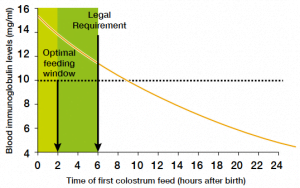
(AHDB (2018) Calf Management Guide)
Test colostrum quality of all fresh calved cows (<20g/l of IgG should not be used).
Quality of colostrum declines if it is contaminated with bacteria, ensure collection of colostrum is into clean dump buckets and stored adequately. A supply of frozen colostrum can be invaluable where the dams colostrum is not suitable to use either because of a poor health status (e.g. Johnes) or of poor quality.
HYGIENE
Bacteria and viruses easily accumulate in calf pens, particularly in systems that do not easily allow for an all-in all-out system. Without proper cleaning the germ load in buildings will increase and can easily spread from calf to calf. Ensuring pens are cleaned, organic matter removed and areas disinfected between groups/individuals will reduce transmission of disease.
Feeders and drinkers should be cleaned regularly using hot water and detergent to prevent biofilm build-up, reducing bacteria presence and transmission at feeding time.
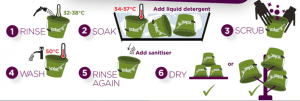
(AHDB (2018) Calf Management Guide)
HOUSING
With decreasing temperatures heading into Autumn, ensuring draught-free environments and minimizing energy-loss from body heat generation are key in protecting from disease and reduced growth rates.
When calves are exposed to lower critical temperature environments feed is directed away from growth and immune function to keeping warm. Some simple steps can be taken in reducing the effect of Autumn and Winter temperatures on reduced calf growth and disease occurrence.
- Feed more energy – increase the level of milk powder or whole milk fed
- Monitor shed temperature, provides an indication of when intervention is needed
- Ensure draught free environment whilst maintaining adequate air flow
- Provide plenty of dry bedding so calves can ‘nest’ (a good rule of thumb – it should be difficult to see a calves legs when they are lying down)
- Monitor calf behaviour – increased shivering, raised hair
- Provide calf jackets (priority should be given to calves under 3 weeks of age)
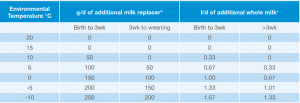
(AHDB (2018) Calf Management Guide)
WEANING
Weaning can be a stressful period for calves, whereby changes in diets, social groups and housing can cause a set-back in growth rates and compromise immune function. Avoiding sudden changes and stressful events (e.g. vaccination or disbudding) at weaning can reduce these negative effects.
Weaning should be determined by the amount of concentrate being consumed and is a good indication of rumen development. Intakes should be 1kg/day for larger breeds and 0.75kg/day for smaller breeds and maintained for at least 3-4 consecutive days.
Weaning should be carried out gradually over 7-14 days in a step-wise fashion by either reducing the quantity of milk fed per feed or reducing the number of feeds per day.

(AHDB (2018) Calf Management Guide)
POST-WEANING
Continued monitoring of growth will ensure target growth rates are being met, identify poor performing animals or highlight areas that may require improvement to the management system.
Mature body weight/height should be based on your farm data, using an average several cows that are 3-4th lactation and 100-120 days in milk.

(Information is taken from AHDB (2018) Calf Management Guide)


